
Case Studies
DJI Phantom 4 RTK used for international breakwater survey
Terra Drone Europe (formerly Skeye) used the DJI Phantom 4 RTK for an important international survey of breakwaters - with support from drone specialist Heliguy. ... Read More
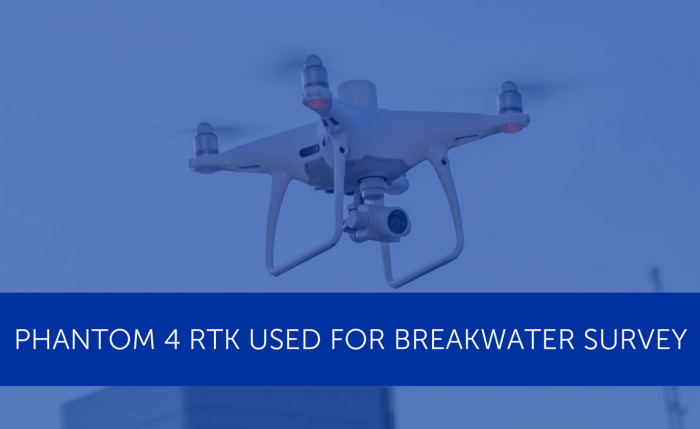
A leading provider of industrial surveying and assessments has used the DJI Phantom 4 RTK, supported by drone specialist Heliguy, to carry out an important survey of breakwaters in Central America.
Terra Drone Europe (formerly Skeye) partnered the Dutch company Deep for the work, which took place in Guatemala.
The Phantom 4 RTK was chosen for its high accuracy to determine the photo positions. We believe and have demonstrated that the number of ground control points can be greatly reduced by using this drone.
Terra Drone Europe
Terra Drone Europe was impressed with the Phantom 4 RTK, describing it as:
Easy to set up
Reliable
Versatile
Portable
Capable of accurate results
Terra Drone Europe has turned to UAV expert Heliguy as their preferred drone supplier.
"Heliguy provides the equipment we need with rapid turn around time. The team understands our needs and are ready to support us.” - Terra Drone Europe
Terra Drone Europe does plenty of aerial work with drones. Recently the company used a DJI M200 and a Zenmuse Z30 camera for offshore inspections for a major oil company - benefiting from enhanced safety and increased efficiency.
Background to the Guatemala project
Over the past six years, Terra Drone Europe has undertaken many collaborative marine-based aerial surveys to create unique data sets in extremely remote or difficult to access areas.
By combing hydrographic survey data with aerial survey data, it is possible to create a seamless 3D model showing features above and below the water level.
Purchase the DJI Phantom 4 RTK from Heliguy
This uninterrupted view provides significant insights in to complicated spaces and the data produced supports key decision making.
Terra Drone Europe said that the set-up of the RTK on board the Phantom 4 RTK was extremely simple and the team found it to be a pleasure to fly
In the case of the work in Guatemala, the breakwaters around some of the harbours had not been surveyed in many years. Surveys were therefore needed to assess the condition so that the continued effectiveness of the structures could be determined.
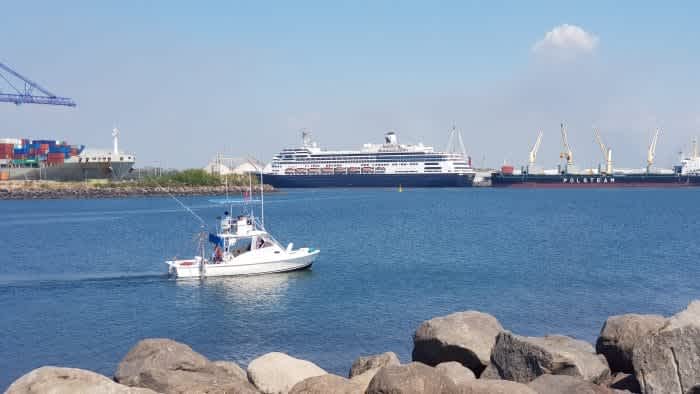
Terra Drone Europe collected survey data using the new Phantom 4 RTK along a series of breakwaters and intertidal beach fronts. From this, Terra Drone Europe would deliver a high-density point cloud and merge with hydrographic survey data.
Overall, the Terra Drone Europe team came back feeling very positive about the Phantom 4 RTK
With many kilometres of breakwater to be surveyed this took up several days but was a critical part of the survey as it would also act as verification for the final model. Processing an aerial photogrammetric survey is in a large part a ‘black box’ process.
Without any extra points to check, Terra Drone Europe would be unable to give a final judgement on the accuracy involved.
UAV flights were undertaken at low tide while the underwater survey (bathymetry) was undertaken at high tide using a multibeam echo sounder.
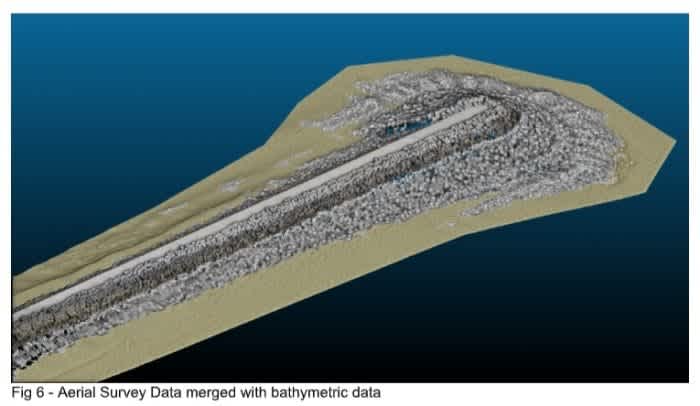
By coordinating surveys in this way, the team ensured that there would be sufficient overlap between the data sets for seamless integration in to a single model.
Pilots' Feedback on the Phantom 4 RTK
The pilots who flew the Phantom 4 RTK were pleased with the aircraft's performance. Here is their verdict:
The Phantom 4 RTK proved very versatile on site and the crew found it very quick and easy to set up and get airborne.
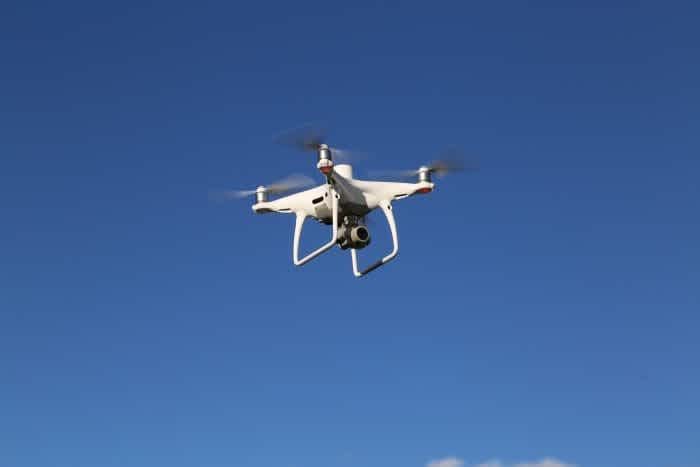
It handled well under relatively high winds and returned good imagery. The quality of the imagery was not an issue on this project due to the excellent lighting conditions.
Purchase the DJI Phantom 4 RTK from Heliguy
The sensor size of the camera is not full frame and the small sensor size limits its capability in low-light conditions.
The Phantom 4 RTK resulted in extremely highly-accurate flight positions (2-3cm)
A full-frame sensor ensures a better image quality and a higher resolution. In lower lighting conditions (overcast days) we foresee an issue.
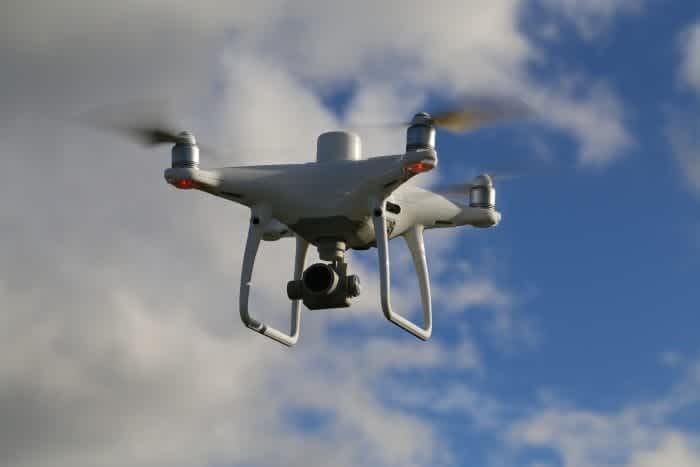
Due to the small sensor size and low resolution, the Phantom 4 RTK was flown at altitudes of around 40-50m. This proved to be a slight limitation in some areas as line of sight was affected due to buildings resulting in more launch locations and more flights. The lower flight altitude also meant the Phantom flew slower to enable sufficient overlap between the images.
The average flight time was consistently around 22 minutes.
Set-up of the RTK on board was extremely simple and the team found it to be a pleasure to fly.

The Phantom 4 RTK is very small, even in its case, and thus extremely easy to transport on commercial flights.
The transmitter has a removable battery and this is also a big plus to comply with the transport of LiPO batteries on commercial flights.
The flight batteries are below the threshold for being allowed on a commercial flight (100Wh) so could be carried on board as hand luggage.
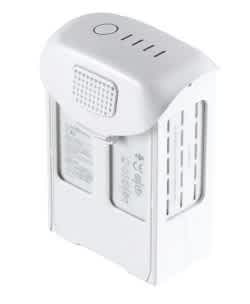
Some voices in the industry claim that in combination with RTK that there is no need for any ground control. This is something that Terra Drone Europe does not agree with.
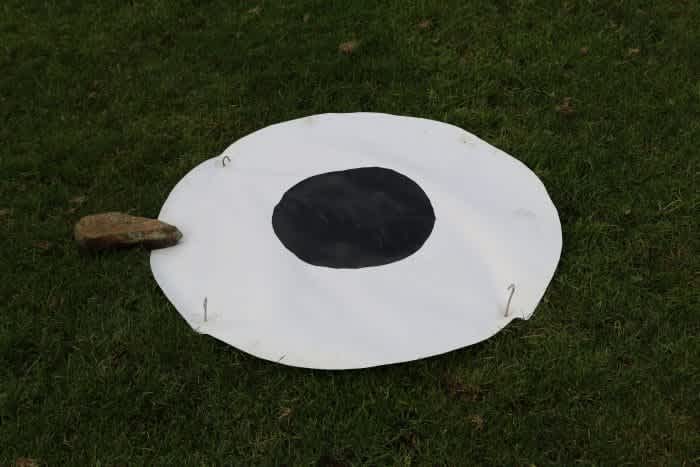
An example of a ground control point.
Terra Drone Europe believes and has demonstrated that the number of ground control points can be greatly reduced but not eliminated, as control and verification are crucial to maintaining and proving quality.
Overall, the team came back feeling very positive about the Phantom 4 RTK and found it very reliable and easy to use and experienced no safety incidents through the two weeks of deployment.
For larger projects like this the team recommends six flight batteries, two transmitter batteries and two chargers.
Purchase the DJI Phantom 4 RTK from Heliguy
Results from the flights
More than 4,000 images were captured on just one of the breakwaters from a height of 50m above ground, resulting in 1.2cm resolution imagery. The imagery was processed in AgiSoft Photoscan.
The flight positions were calculated using the Post Processing Kinematic (PPK) technique. Raw GNSS data from a survey grade base station was recorded during the drone flights at one-second intervals and combined with the data recorded by the Phantom 4 RTK.
Related Article: Is RTK the future of drone mapping
This resulted in extremely highly-accurate flight positions (2-3cm). A number of ground control points were added to the processing to improve the overall accuracy.
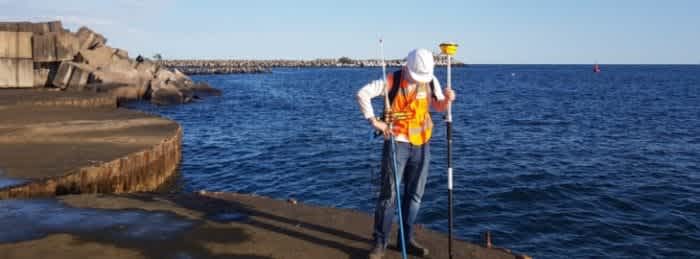
The result of the data processing was a high-density coloured point cloud with a density of 1600 pts/m3. From this the Digital Elevation Model (DEM) was generated to a 2.4cm resolution. A standard deviation of 27mm was calculated on one of the larger breakwaters which was about average across all sites.
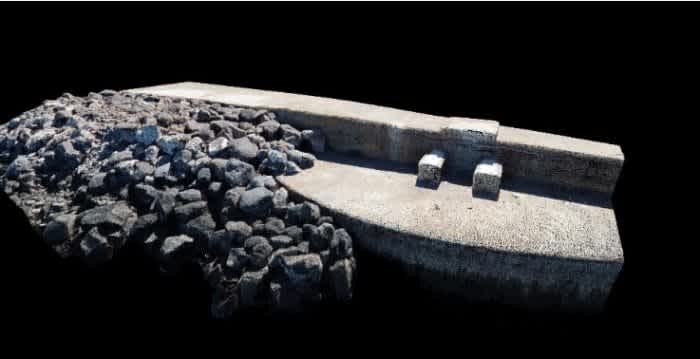
Small section of the Dense Point Cloud Output


Once the aerial survey data and bathymetry data had been processed the two data sets could be brought together and merged.
Purchase the DJI Phantom 4 RTK from Heliguy
Once merged, they show the full extent of the breakwater above and below water and will be used as a baseline for future monitoring purposes.
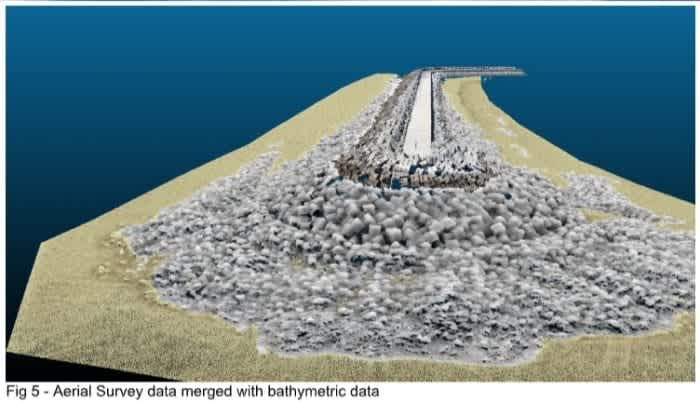
Last year, Skeye was acquired by Terra Drone, from Japan. Following this acquisition, Terra Drone has become one of the largest drone service companies with more than 250 employees and presence in six continents.
